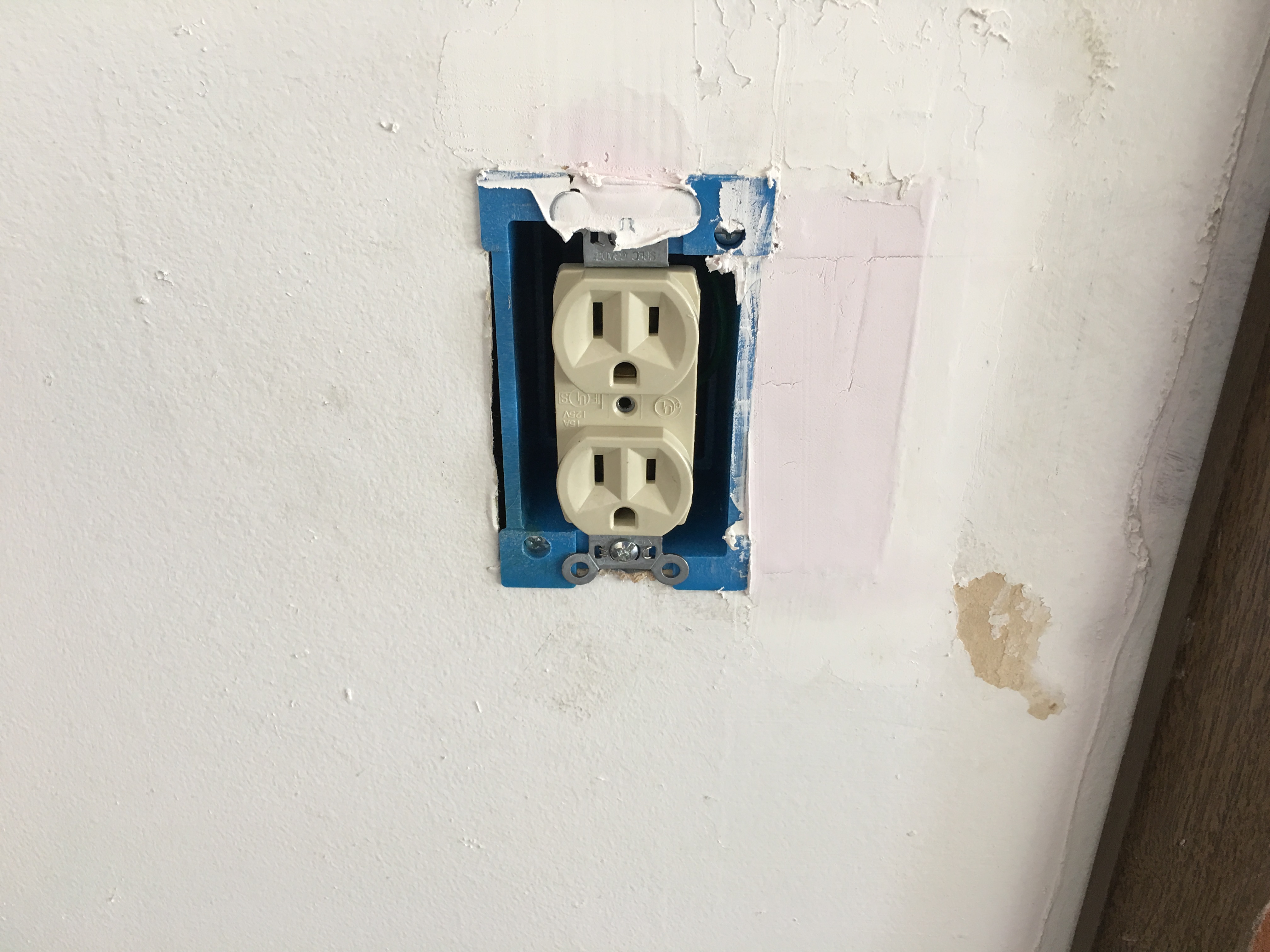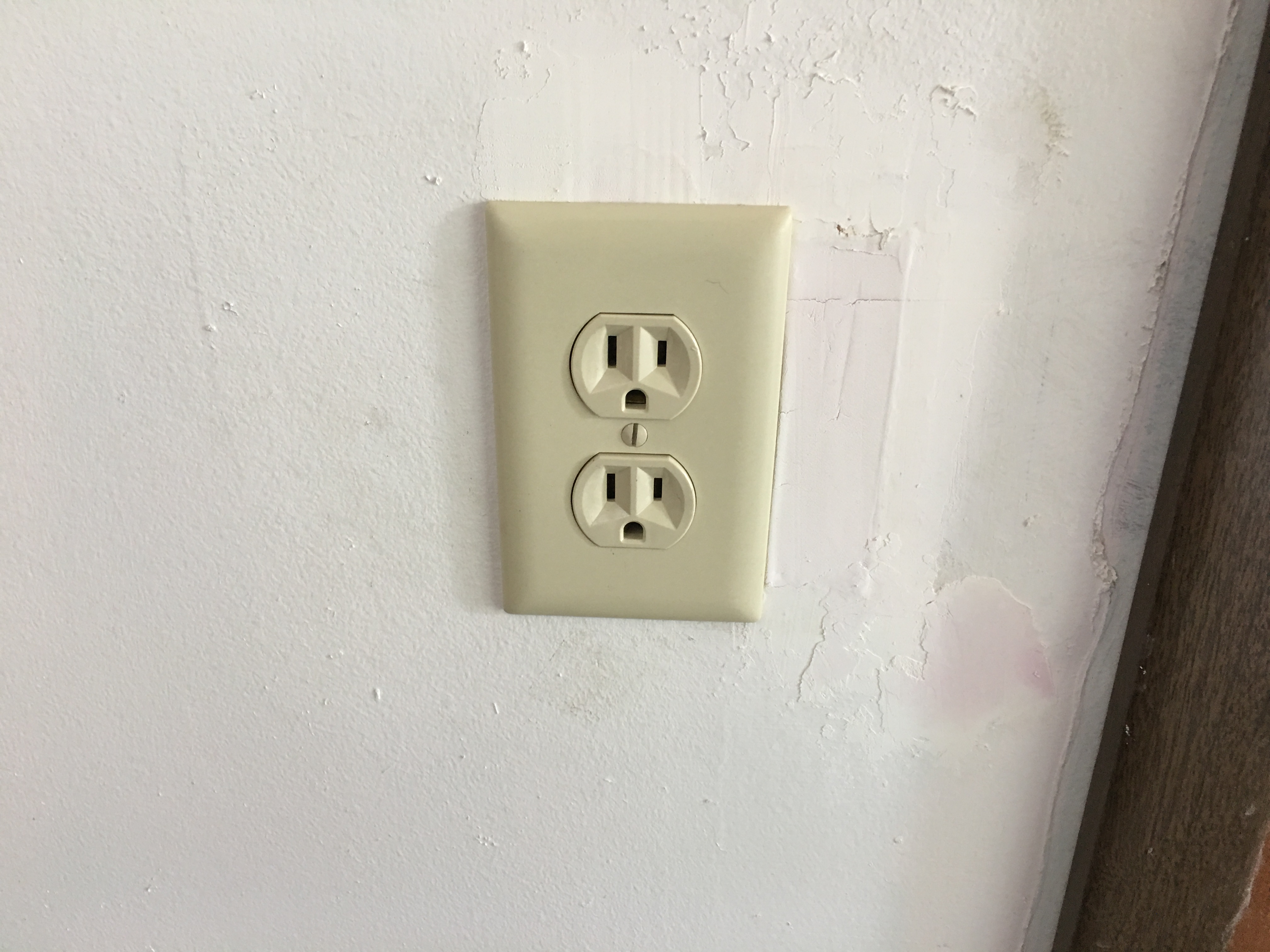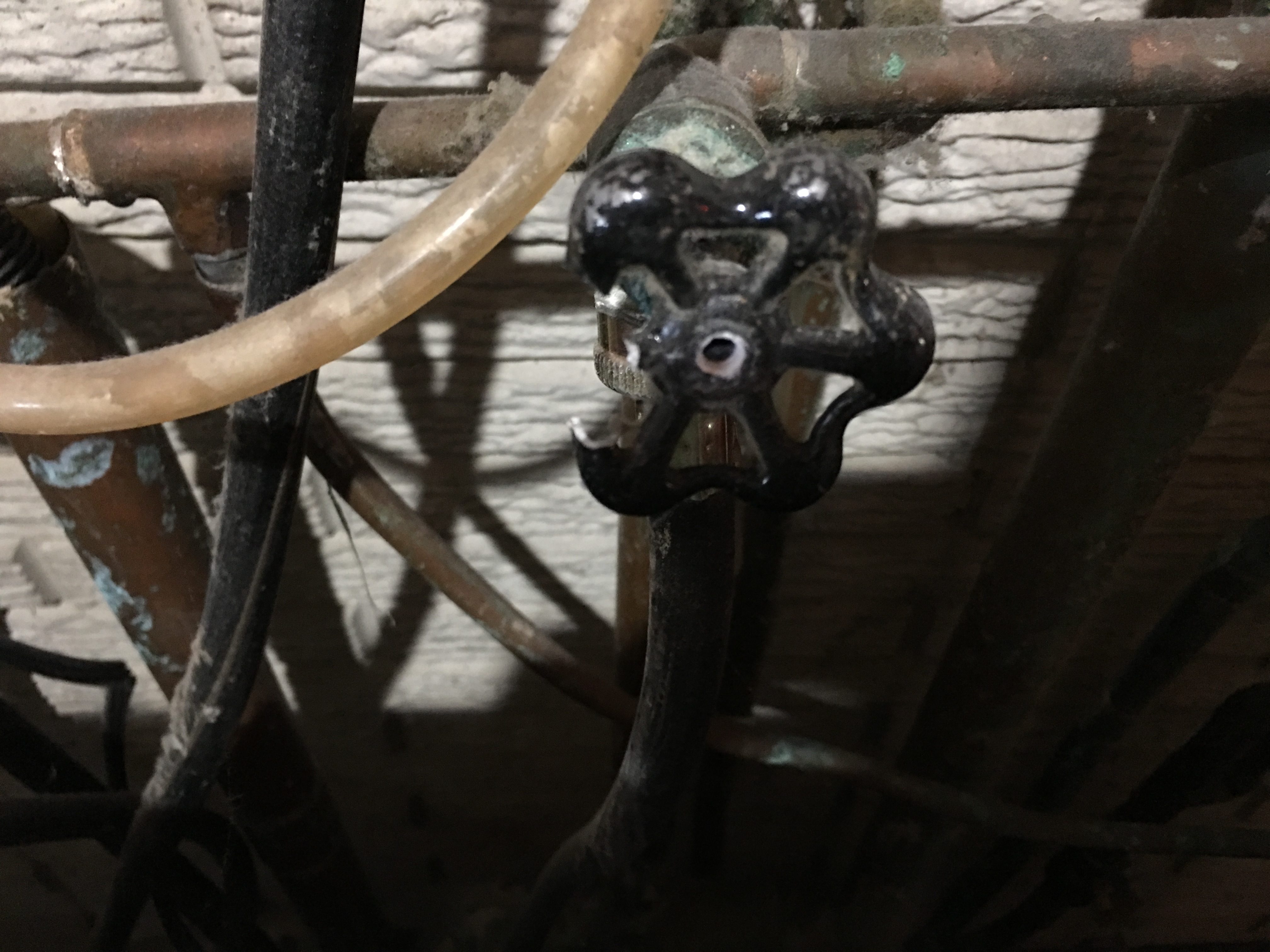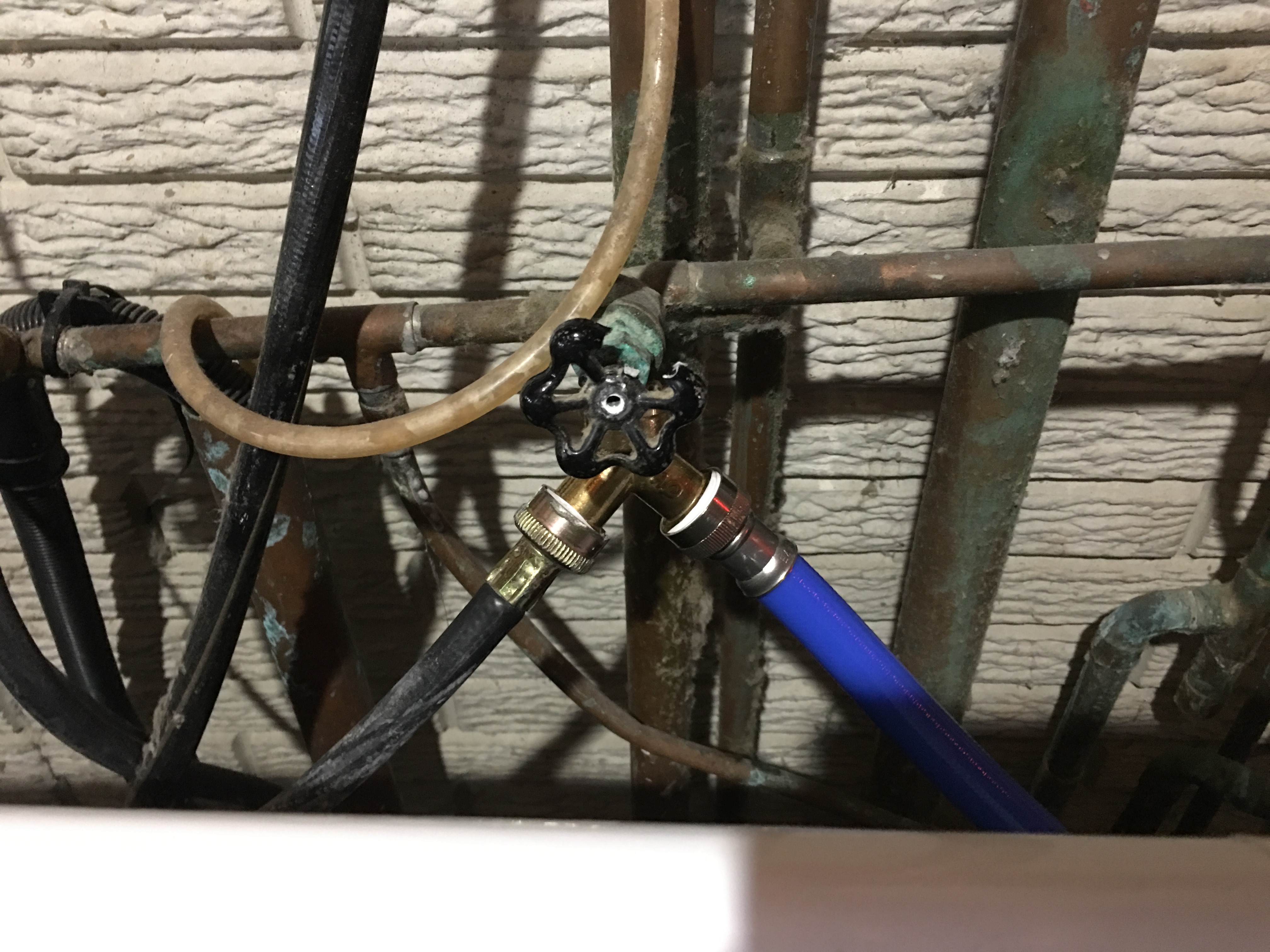Part 1
[SPOILERS]
Following the cryptic interrogation in which I fervently explain that I did something because I had to (although I still don’t know what it was), I start reliving that experience, presumably at some point chronologically before the thing that I did (that I had to do).
There’s some brief cutscene that explains we’re in the Middle East (Iraq-Iran, though they mentioned both so I don’t remember which), fighting terrorists (shocker!). Riding in an APC with some fellow marines, general banter is exchanged. This seems to be a common theme. However this time, our vehicle does not explode. Instead we are given some new orders, which require us to leave the APC (naturally, or it’d be a really boring game otherwise).
There was a lot of “go this way” and “go that way” and “follow your team”. My team seemed faster than me, because I could never fully keep up. Maybe I just wasn’t in very good shape, and passed my recent PT test on a technicality. I mashed the left thumb stick to no avail, hoping to sprint, but it would seem that the game doesn’t have a sprint function, which was disheartening.
Then, I was prompted to sprint by pushing in the left thumb stick. I did, and I sprinted. I guess, until that moment in my life, I had never known how to run. Already, I’m losing faith in the USMC’s training program.
A terrorist truck goes by, and I’m told to not engage. But the terrorists didn’t seem very interested in shooting me as I stood in the middle of the road as it went past. So, I didn’t even pose enough of a threat that I was worth shooting. So far, the game’s taught me how to pick things up, squat, and run. Maybe the terrorists were right–how big of a threat could I really be?
Then I was told to stack up for a room entry. I got behind two of my guys, and waited. Nothing happened. Then I realized someone was trying to talk to me, but I couldn’t hear because the voice volume is way low. I paused the game and checked the settings, but all I could do was switch between a few master settings (by the way: what’s the difference between “HiFi” and “Home Cinema”? Can’t I have both?), and adjust the master volume. But Liz was in bed so I had to leave it low. Fortunately, the subtitles were on by default. I was being asked where I was going, and then realized that there were two doors and I was supposed to join another guy at the other door. Yep–I definitely wasn’t worth shooting.
We dramatically walked through the doors, through a garage, and into the open–which is always a good idea in a battle zone…or battle field. Whatever. To confirm my concerns with this tactical decision, a sniper shoots the the guy next to me. Chaos ensues, and I’m told to grab my fallen comrade and drag him into the garage. I do this by….guess how? That’s right, by pushing “A”! Ha!
I drag the man behind a pillar and then join the fight. I quickly draw fire, and I mash “B” to duck, but “B” isn’t duck like it is in Call of Duty. By the time I figure this out, I’m killed.
I respawn, complete the above sequence again, but this time manage to successfully take cover. Our target is some dick with an RPG who keeps shooting cars next to us. Some people just have no love for machines. So I spray bullets in his general direction again and again, then go into the settings to turn down the sensitivity again. Eventually, enough rounds make contact that RPG Dick dies. Games always confuse me with bullet damage. I get that enemies often require more than one shot for difficulty’s sake, but me–if I get shot with a 5.56X45 NATO, I quit.
After RPG Dick died, we shifted our focus back to Sniper Dick. We ran inside to take cover, Sniper Dick shot through the windows at us as we ran, and one of the soldiers commented that it’s a .50 cal, which makes me question the bullet damage again–notably that the guy I drug behind the pillar didn’t die. We’re talking about an anti-materiel weapon here. I wouldn’t think it’d matter where someone got hit. Grazes would still blow off appendages.
These are questions for another time I guess. We ran up to the roof, took cover, then I was elected to shoot Sniper Dick with a missile launcher while everyone else distracts him. They jumped up, I took the shot, and half the building he’s in disintegrated. I really wasn’t sure if that was realistic or not. I have limited experience with firing ordinance at urban structures.
Then we provided some support for marines on the ground. I shot some more guys. Then we had to run away real quick, because we got overrun. So we ran away, fought our way through some buildings, found dead marines, then fled a tank. Things weren’t looking so good. The game was certainly capturing panic well.
Eventually, a friendly tank shot the enemy tank and we were saved. Then we found an IED wired to a van, and once again I was elected for a task. I followed the detonation wires to their source, which involved crawling through ducts. I found their source, and then got attacked from behind. I had to fight with another one of those “press the right button at the right time” scenarios, which I subsequently failed and died.
Reloading from the last checkpoint, I noticed that the game’s policy on saves are like those of an Asian game–infrequent, and not immediately preceding the events that kill me. In the above scenario, the checkpoint was before I snaked my way through the duct work, not after. So I had to repeat the irritating process. But this time, I managed to savagely beat my assailant to death, whereupon he collapsed slack-jawed. Go America!
Then I ran back outside to assist in holding the line. I was directed to a pedestrian walkway above the road, and told to use the LMG conveniently sitting there. I did, drew a bunch of fire, and died. I repeated this cycle of death, because using the gun drew a lot of aggro, and because there was no place to hide up there on the precipice. So on the third time, I ignored the protestations of my team and took the gun down to street level where I could actually hide, and behold–by ignoring my crappy orders, I accomplished the objective and lived to tell about it.
Then we had to defend the other side. I ran over there with the big gun and killed a ton of people, until I ran out of ammo. It was only then that I realized I was being told to jump on the vehicle-mounted gun and shoot people. The enemies dutifully re-spawned infinitely until I followed instructions. I shot a bunch more people, saved the day, then a convenient earthquake hit and a building collapsed on me, dramatically concluding the second level.
The game continues from here, obviously, or it’d be a pretty disappointing campaign. But I think I’ve covered the quirks for a fair review. I enjoyed the game. It had it’s share of glitches, unclear objectives, obligatory irritating tank level, and some intrigue. I did eventually find out what that thing I did that got me in so much trouble was, but you’ll just have to play the game to find out…or read someone else’s walkthrough.
Battlefield 3–a fair game and a long-overdue good Xbox Gold freebie.
–Simon








